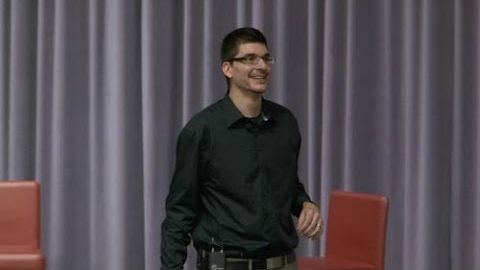Alexander Osterwalder: Tools for Business Model Generation [Entire Talk]
VoiceTube が 2013 年 04 月 11 日 に投稿  この条件に一致する単語はありません
この条件に一致する単語はありません- n. (c./u.)作品 : 著作物;作品 : 著作物;仕事;職場;作業結果 : 業績
- v.t./i.うまくいく;機能する;働く;努力する;動かす
- adj.仕事
- n. (c./u.)開始時刻 : 開始場所 : 開始;開始場所:開始時刻;始まり;はっとすること
- v.t./i.始める : 始まる
- v.t.(機器などを)起動する
US /ɪɡˈzɪst/
・
UK /ɪɡ'zɪst/
エネルギーを使用
すべての単語を解除
発音・解説・フィルター機能を解除

